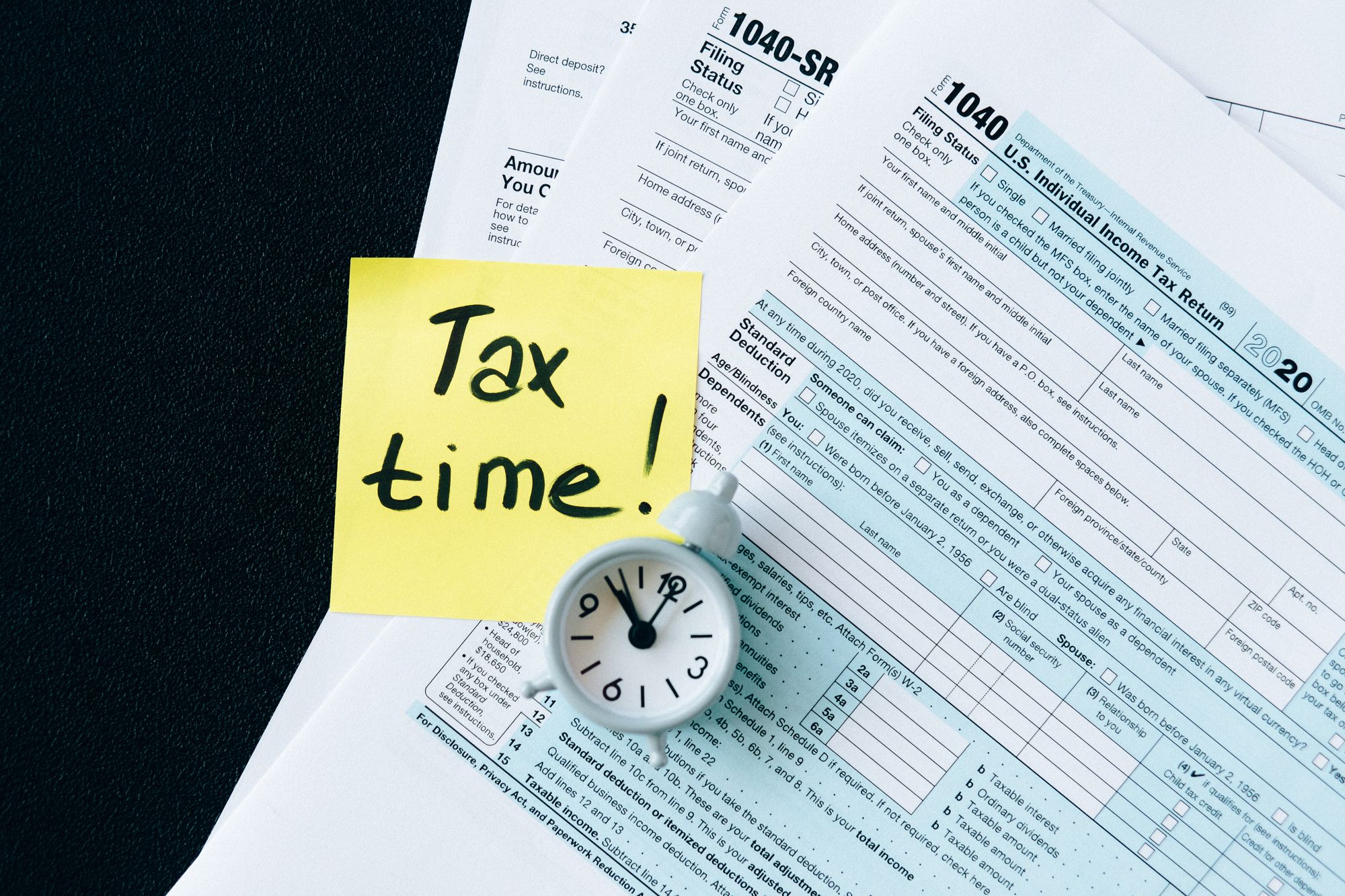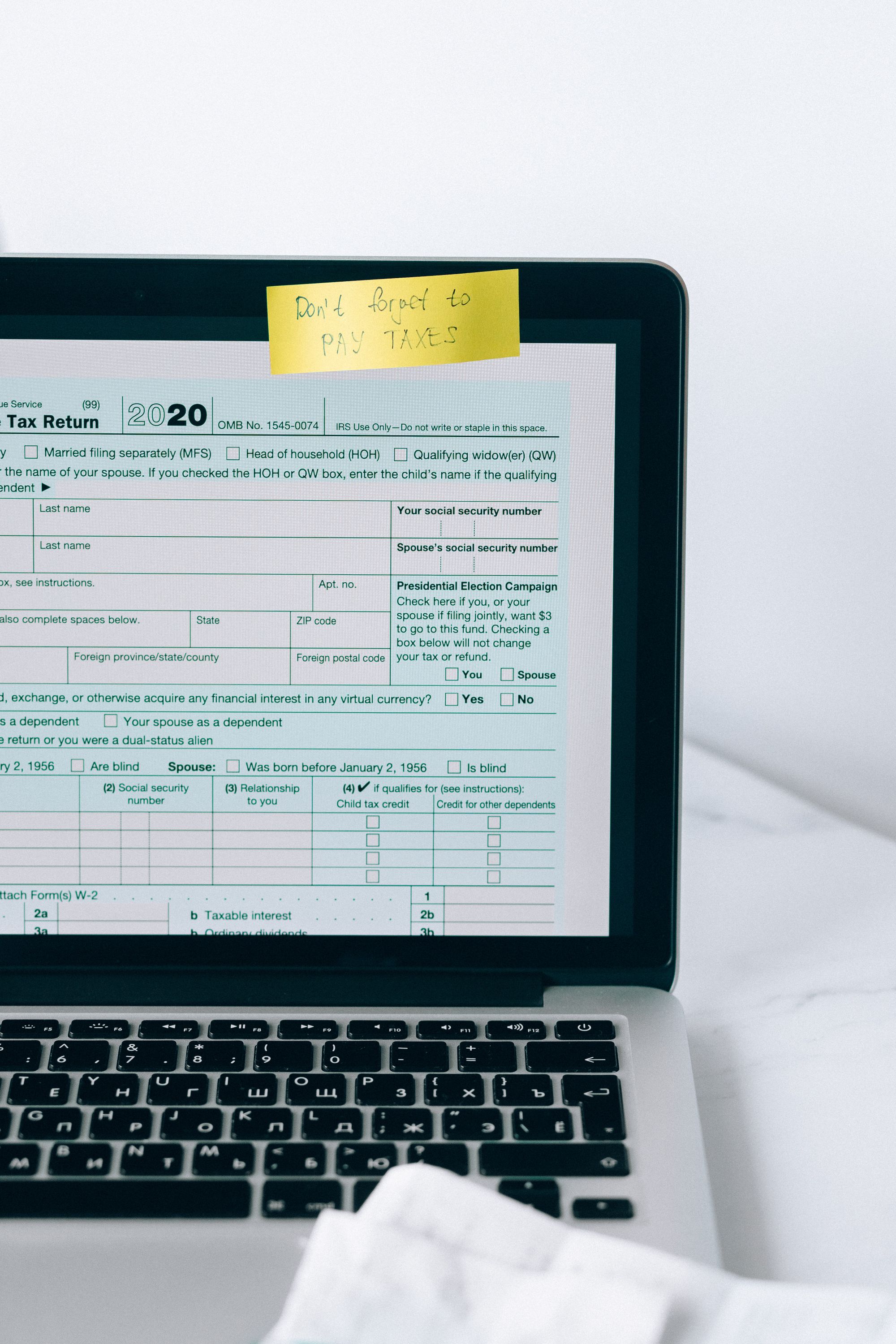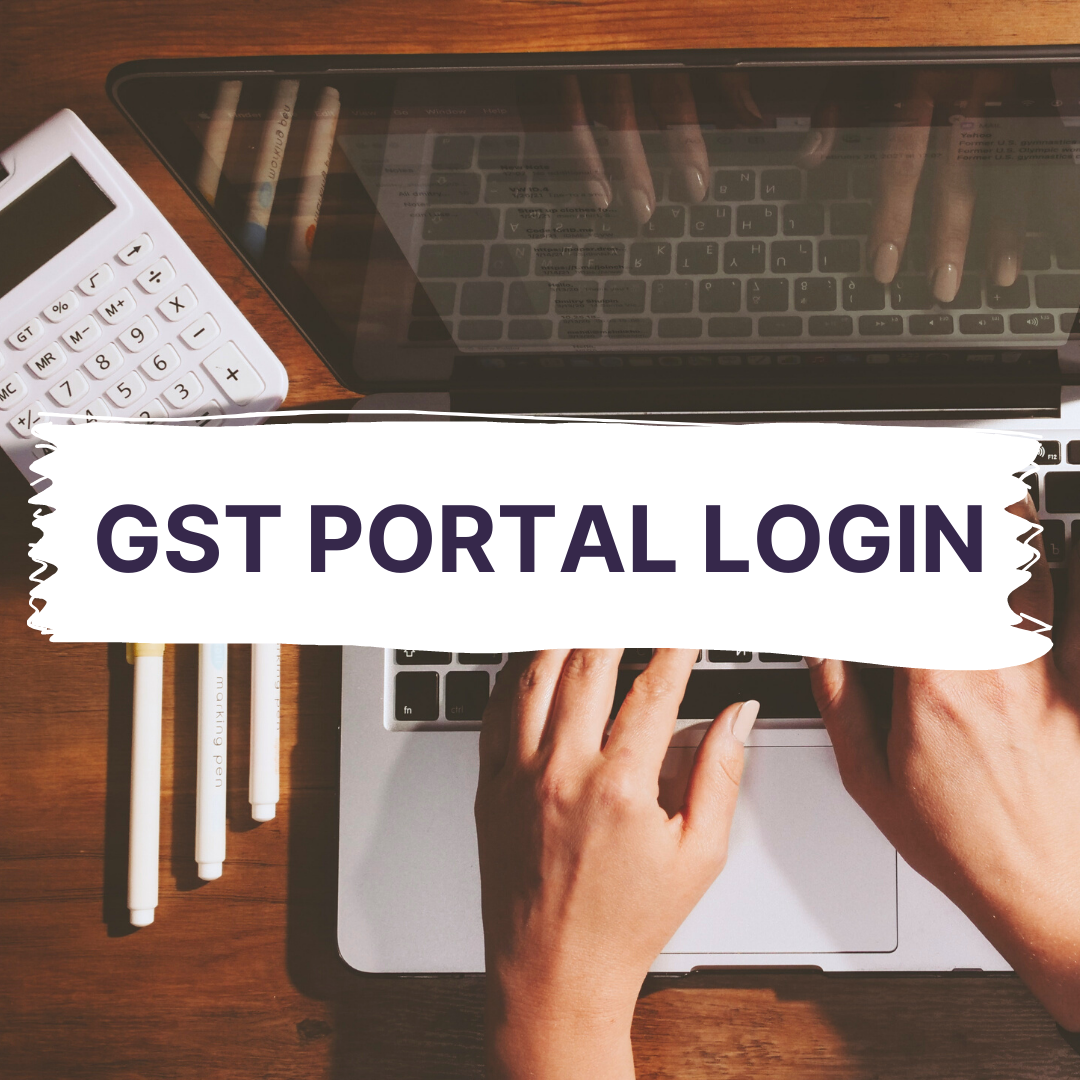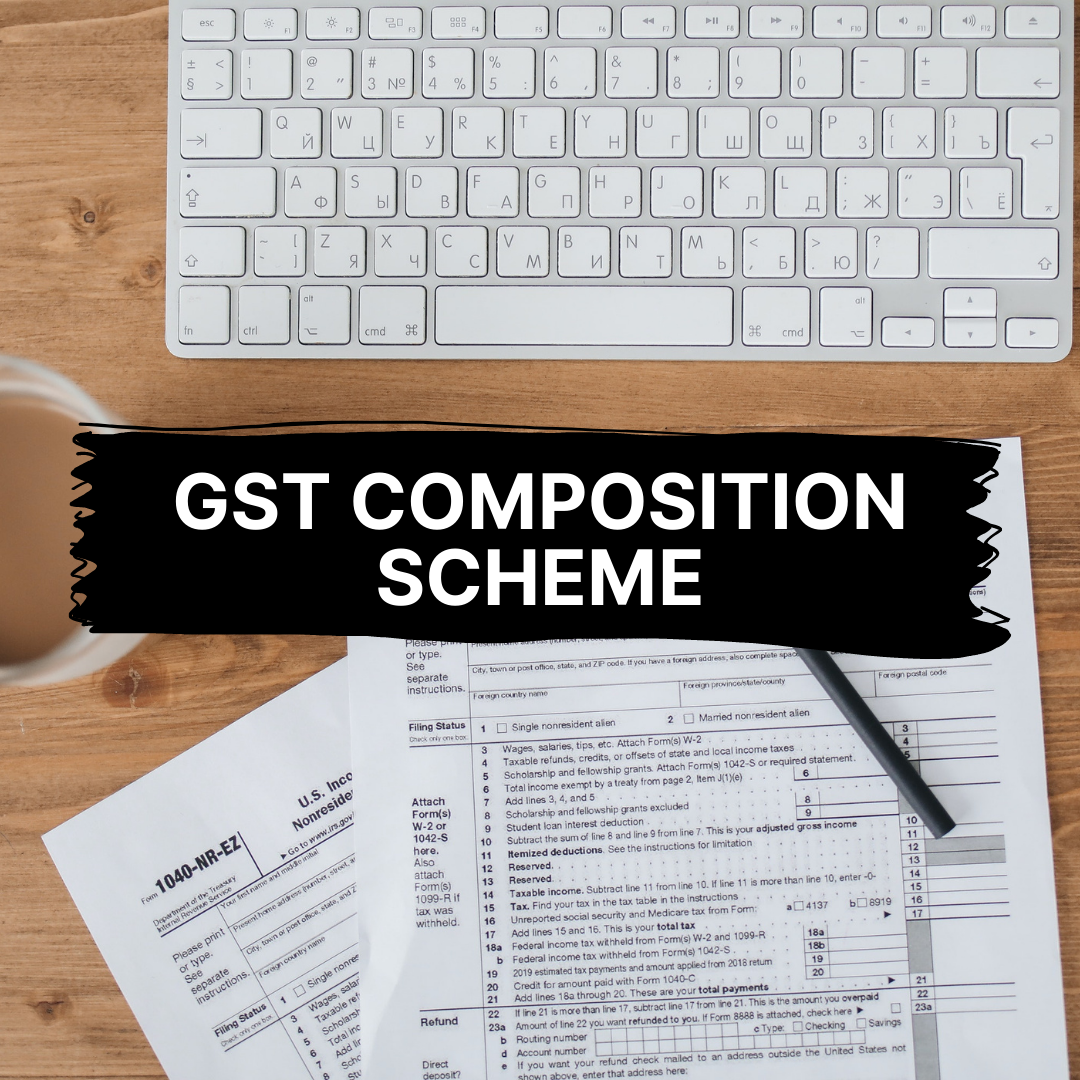The Goods and Service Tax Act (GST) is the most significant tax reform that reduces the multiple taxes and unifies the Indian market. Although, larger firms could easily deal with the compliance segment of GST. However, it was complicated when it came to smaller businesses.

Therefore, the Government introduced the concept of the GST Composition Scheme under Goods and Service Tax. Further, the GST composition scheme aids to make tax compliance easier for small businesses.
Nevertheless, the main factor that needs to be considered associated with the Composition Scheme includes— Turnover Limit. In addition, certain amendments have been implemented over the turnover limit that leads to certain merits and demerits.
In this article, we will discuss all the related concepts of the Composition Scheme under GST. It includes:
- GST Composition Scheme for SMEs
- Who is Eligible to Participate in the GST Composition Scheme?
- Who cannot choose the GST Composition Scheme?
- GST Composition Scheme: Advantages and Disadvantages
- Applicable Tax Rate for Composition Scheme
- Conditions and Restrictions for GST Composition Scheme
- Returns that Need to be filed by a Composition Dealer
- Limit of GST Composition Scheme
- Crucial Elements Associated with GST Composition Scheme
- What is the result if Businesses Opt-out of Composition Scheme?
- Penalties Associated with GST Composition Scheme
- Frequently Asked Questions (FAQs) Associated With GST Composition Scheme
GST Composition Scheme for SMEs
The Composition Scheme under GST is a simple and straightforward scheme. It is widely expected and assumed that small taxpayers will benefit much from this helpful arrangement once they begin to take advantage of it.
Taxpayers particularly those in the SME community will be given a window of opportunity that they can take advantage of.
Businesses will be able to pay their taxes within a certain amount of time under this plan. The taxes will be established following a thorough examination of the annual turnover of small business units.
Who is Eligible to Participate in the GST Composition Scheme?
The Composition Scheme is available to taxpayers with a revenue of less than Rs 1.5 crore*. Moreover, it is currently Rs. 75* Lakh for North-Eastern states and Himachal Pradesh.
According to the CGST (Amendment) Act, 2018, a composition merchant can provide services up to ten percent of turnover or Rs. 5 lakhs, whichever is higher.
In addition, the GST Council proposed raising this cap for service providers on January 10, 2019, during its 32nd meeting.* Further, to determine turnover, take into account the total revenue of all enterprises registered under the same PAN.
*The CBIC has announced that the threshold limit has been raised from Rs 1.0 crore to Rs 1.5 crore.
Who cannot choose the GST Composition Scheme?
Check the following list of individuals who are not eligible to engage in the GST composition scheme:
- Non-Resident Taxable Person (NRTP).
- E-Commerce Operator.
- Tobacco, Ice-cream, Pan masala Manufacturer.
- Casual Taxpayer Person (CTP).
- Businesses that make supplies that aren't subject to GST.
- Any taxpayer who transports goods across state lines.
- Section 52 of the CGST Act 2017 requires businesses that supply goods through an e-commerce operator to collect TCS.
- A supplier who has purchased services or goods from an unregistered provider unless he has paid reverse charge GST on those goods or services.
- Suppliers who exceed the stated aggregate turnover criteria for choosing a composition scheme.
GST Composition Scheme: Advantages and Disadvantages
Following is the list of advantages and disadvantages of the GST Composition Scheme. Let’s learn:
Advantages
Below is the list of advantages of the GST Composition Scheme:
1. GST Put a Stop to the Tax Cascading Effect
GST stands for Goods and Services Tax, and it was created with the goal of bringing all indirect taxes under one roof. As a result, the cascading impact that was widespread in the prior tax structure was reduced. To further understand what the cascade impact is and how the GST helped to improve it, consider the following example:
Previous Tax Regime:
GST Regime:
Check this example of how the tax regime works under the GST Regime:
2. Lower Compliance Associated with Composition Scheme
A taxpayer who chooses the composition plan is subject to less GST compliance. This is the most intriguing factor associated with the composition system.
Previously, we had multiple distinct indirect taxes before the GST laws were adopted in 2017. Consequently, each of these levies has its own set of compliance standards, further complicating matters.
Due to the adoption of the new GST tax regime, taxpayers have only had to file a single consolidated return. In addition, the majority of a taxpayer's energy and capital is invested in completing GST returns; however, in the composition system, this is minimized.
A person who is registered under the composition scheme only needs to file a total of five returns (i.e. in Form GSTR 4— 4 quarterly returns and in Form GSTR 9A — one annual return).
The normal registered individual, on the other hand, is required to file monthly returns as well as an annual return.
A taxpayer who chooses the composition plan is not even required to keep thorough records.
3. Easy to Follow Online Procedure
Everything has gone online since the advent of modern and advanced technology. Furthermore, GST has also followed the same digital route and has an internet portal dedicated to it. As a result, the entire process can now be accomplished entirely online, from registration to filing returns.
Eventually, this has benefited start-ups immensely because they no longer have to go from one location to another to obtain multiple registrations such as VAT, service tax, and excise.
4. Improved Logistics Efficiency
The GST Act has significantly lowered the barriers to goods movement between states. Prior to this, the logistics business had to keep many warehouses in different states to evade state entrance taxes and the CST.
Furthermore, businesses were forced to run these warehouses at a lower capacity, resulting in higher operational costs. The implementation of GST resulted in a loosening of restrictions on goods movement between states.
As a result of these developments, businesses and warehouse owners are now encouraged to locate their facilities in key places rather than in every other city along their regular delivery route.
This has resulted in a significant reduction in superfluous logistics expenditures as well as an increase in the profits of firms involved in the delivery of goods.
5. India's Gross Domestic Product (GDP) is booming.
It is foreseen that the establishment of GST will result in an increase in the country's GDP.
Another advantage of the GST is that it reduces the likelihood of tax evasion in the country.
Disadvantages
Following is the list of demerits associated with the composition scheme under GST. Check them:
1. Costs of Software Have Increased
Most Indian businesses relied on simple ERP or accounting software to handle their day-to-day operations prior to the adoption of the GST system. Moreover, these programs and solutions were created in compliance with the tax rules and structures in place at the time.
However, businesses must now switch to more expensive GST-compliant software or specialized GST software due to the introduction of GST. This will result in an increase in operating expenditures as a result of software purchases and employee training.
2. SMEs Face a Higher Tax Burden
One of the most significant downsides of GST is that it has raised small and medium-sized firms' tax payments. This is because, under the previous tax structure, businesses with annual sales of more than Rs. 1.5 crores had to pay excise. On the other hand, any company with an annual income of more than Rs. 20 lakh will be subject to the new tax regime.
However, under this tax system, SMEs with a turnover of less than Rs. 1 crore are eligible for a composition program. SMEs are simply required to pay 1% of their annual turnover under this system. If a company chooses to exploit this composition benefit, it will be unable to claim the input tax credit.
3. Adopting an Online Filing System is challenging.
With the introduction of the GST system, the entire process has moved online. Moreover, due to advancements in technology, it has become necessary to adopt digital solutions.
However, such solutions for tiny enterprises receive little attention. Despite the fact that the government's new online system is extremely suitable for business owners, it has a steep learning curve that small businesses may find complex to utilize.
4. Burden of Compliance
Companies must now register for GST in all states where they operate under the new taxes structure. Businesses must issue GST-compliant invoices, file returns, and digital records as part of the registration process. The cost of all of these services has put a huge strain on the country's small and medium businesses.
Furthermore, numerous firms are having difficulty adapting to GST because all Indian states' infrastructure is not ready to embrace e-governance.
5. Real Estate Sector Loss
The advent of the GST has had a significant impact on the real estate industry. It has resulted in an increase of eight percent in the rate of real estate. The demand for houses has dropped by 12% as a result of this. However, it is possible that this is a passing trend that will not persist indefinitely.
Applicable Tax Rate for Composition Scheme
Check the following chart to understand the applicable tax rate for Composition Scheme:
Note that:
Any individual who selects to pay tax under the above serial numbers is permitted to provide services (other than restaurant services) with a value of not more than the higher of the following:
a) Turnover of Ten-Percent in a state or union territory;
b) 5 lakhs INR
**A 1% tax rate is applied to the turnover of taxable supplies of goods for Serial Number 3.
Conditions and Restrictions for Composition Scheme
In order to choose a composition scheme, the following conditions must be met:
- A dealer who chooses the composition plan is not eligible for an Input Tax Credit.
- The taxpayer must pay tax at regular rates on transactions that use the Reverse Charge Mechanism.
- If a taxable person administers various enterprises such as groceries, electronics, and so on under the same PAN. Then, they must either register all of them individually or opt-out of the program.
- The dealer is unable to sell commodities that are not subject to GST, such as alcohol.
- Under the CGST (Amendment) Act, 2018; a manufacturer or merchant can now provide services up to ten percent of turnover or Rs. 5 lakhs, whichever is higher.
- The words ‘Composition Taxable Person' must appear on every bill of supply issued by the taxpayer.
- Every sign board or notice or conspicuously displayed at the taxpayer's business place must include the words ‘Composition Taxable Person.’
Returns that Needs to be filed by a Composition Dealer
By the 18th of the month following the quarter's end, a dealer must pay tax in a quarterly statement CMP-08.
From FY 2019-20 onwards, a GSTR-4 return must be filed yearly by April 30th of the next fiscal year.
Furthermore, GSTR-9A is an annual return that must be filed by the end of the fiscal year on December 31st.
It was waived for fiscal years 2017-18 and 2019-20. Also, remember that a dealer who participates in the composition scheme is not required to keep extensive records.
Limit of GST Composition Scheme
The composition scheme limit under GST is determined by the type of business:
1. Traders and manufacturers
The turnover of a newly registered business cannot exceed INR 1.5 crores within the current fiscal year.
In the event of a registered firm, the previous fiscal year's turnover must not exceed INR 1.5 crores.
2. Restaurants that do not serve alcohol
The turnover of a newly registered business cannot exceed INR 1.5 crores within the current fiscal year.
In the event of a registered firm, the current fiscal year's turnover must not exceed INR 1.5 crores.
3. Providers of Services
The turnover of a newly registered business cannot exceed INR 50 lakhs within the current fiscal year.
In the event of a registered firm, the current fiscal year's turnover must not exceed INR 50 lakhs.
If their turnover surpasses the composition scheme's limit within a fiscal year, they must convert to normal taxpayers in order to comply with the GST regulations.
Crucial Elements Associated with Composition Scheme
If you own a small business, you must provide specific information in order to be considered for this program. The following are the details you'll need to provide:
What is the result if Businesses Opt-out of Composition Scheme?
Business owners have the option to opt-out of the composition scheme and select the normal tax scheme along with the ITC benefits. Further, The credit will be determined using stock inputs, semi-finished goods, and final goods.
Note that you can only switch between a conventional vendor and a compounding vendor once per financial year.
Penalties Associated with GST Composition Scheme
Tax authorities may exclude a business from the composition scheme or seek a penalty equal to the tax amount owed if they consider it was unlawfully enrolled or is not qualified.
Moreover, the business owner will be penalized Rs. 100 per day, up to a maximum of Rs. 5,000/-, if the GSTR-4 is not filed on time.
In addition, failing to file returns for three consecutive tax periods may result in the tax authorities canceling your registration.
Frequently Asked Questions (FAQs) associated with GST Composition Scheme
Following is the list of common frequently asked questions related to the composition scheme. Check out:
(A) If I am currently a regular taxpayer, how do I apply for the Composition Scheme?
To elect for the Composition Levy, go to the GST portal and complete the following steps:
- Access the Taxpayers' Interface by logging in.
- Select Services > Registration from the drop-down menu. Application for Composition Levy Opt-In
- Fill out the form according to the instructions and submit it.
(B) Is it possible to go from a regular taxpayer to a composition taxpayer from one year to the next?
Yes, the taxpayer can move from being a normal taxpayer to being a composition dealer as long as the registration conditions are completed and other compliance requirements, such as those connected to ITC reversal, are met. The GSTN portal can be used to submit an electronic declaration in this regard.
(C) Is it possible for composition dealers to get the input tax credit?
No, composition dealers are not permitted to claim ITC on their purchases. If they move from regular to composition taxpayer, they must also pay an amount equal to ITC in respect of inputs kept in stock on the day immediately preceding the date of change in status. After such payment, any remaining ITC in the credit ledger will expire.
(D) Is it possible to go from a regular taxpayer to a composition taxpayer from one year to the next?
Yes, the taxpayer can move from being a normal taxpayer to being a composition dealer as long as the registration conditions are completed and other compliance requirements, such as those connected to ITC reversal, are met. The GSTN portal can be used to submit an electronic declaration in this regard.
(E) Can a composition dealer generate a tax invoice?
A composition dealer or merchant cannot issue a tax invoice. This is due to the fact that a composition dealer is unable to collect the tax from its clients. For supplies made by a composition dealer, a Bill of Supply is issued.
(F) Can an individual opt to choose a composition scheme at any point during the year?
No, the choice to use the composition scheme should only be communicated in Form GST CMP-02. Also, make sure to do it before the start of the relevant financial year.
(G) Is it necessary for a composition trader to keep meticulous records?
No, a dealer who is part of the GST composition scheme is not required to keep thorough records like a regular taxpayer.
(H) I have a lot of branches. Will the composition strategy be applied separately to each of them?
All businesses linked with a PAN are regarded to have chosen the composition scheme.
How Deskera will Guide You?
Discover how you can combine accounting, finances, inventory, and much more, under one roof with Deskera Books. It's now easier than ever to manage your Journal entries and billings with Deskera. The remarkable features, such as adding products, services, and inventory, will all be available to you from one place.
Experience the ease of implementation of the tool and try it out to get a new perspective on your accounting system.
With the guiding and informative videos on how to manage and set up India GST, you can learn about and familiarize yourself with the process in just a few minutes.
Deskera Books is a time-saving strategy for managing your work contacts, invoicing, bills and expenses. In addition, opening balances can be imported and chart accounts can be created through it.
Final Takeaways
As we have reached the end of this GST Composition Scheme guide, let’s check the crucial points:
- The main factor that needs to be considered associated with the Composition Scheme includes— Turnover Limit.
- The Composition Scheme is available to taxpayers with a revenue of less than Rs 1.5 crore*.
- A dealer who chooses the composition plan is not eligible for an Input Tax Credit.
- Business owners have the option to opt-out of the composition scheme and select the normal tax scheme along with the ITC benefits.
- The business owner will be penalized Rs. 100 per day, up to a maximum of Rs. 5,000/-, if the GSTR-4 is not filed on time.
- A composition dealer or merchant cannot issue a tax invoice. This is due to the fact that a composition dealer is unable to collect the tax from its clients.
- The choice to use the composition scheme should only be communicated in Form GST CMP-02
Related Articles











